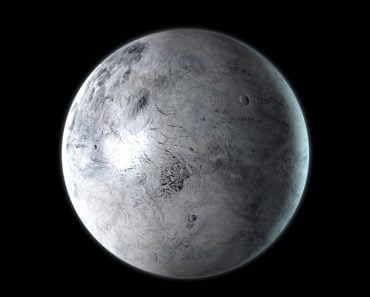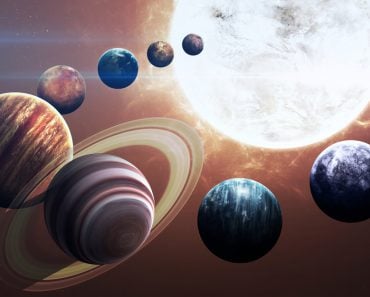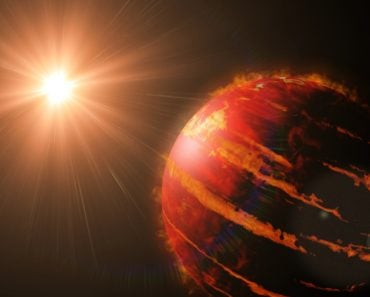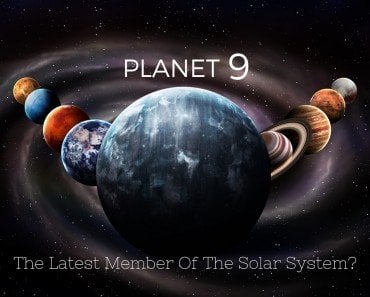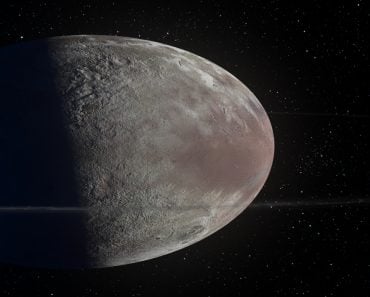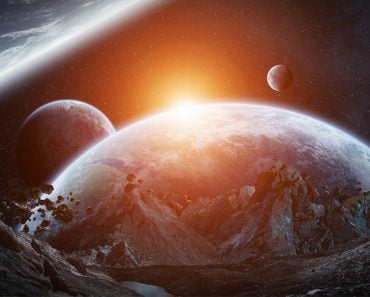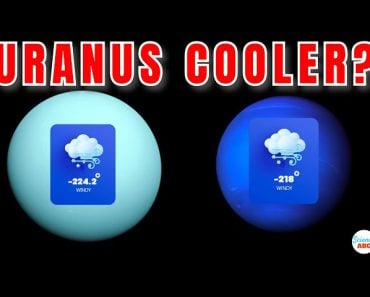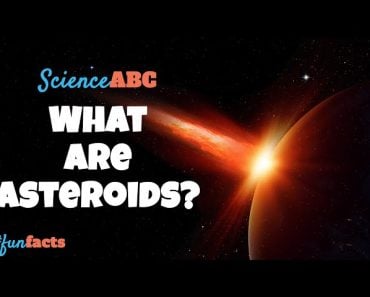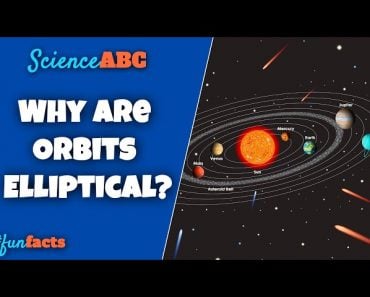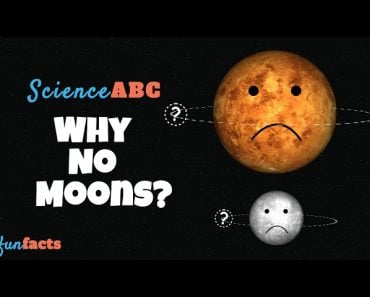Table of Contents (click to expand)
The reason why Pluto is not considered a planet anymore is because it does not satisfy the third requirement of being a planet, which is that it must have “cleared the neighborhood” of its orbit. This means that a planet must be the basic dominant gravitational body in its orbit, and Pluto is not. There are many objects similar to Pluto in and around its orbit, and Pluto is only about 0.07 times the mass of other objects in its orbit. In comparison, Earth has 1.7 million times the mass of other objects in its orbit.
A planet has to be the basic dominant gravitational body in its orbit, Pluto fails to meet this criteria, as there are many objects similar to Pluto in and around its orbit. Pluto is only about 0.07 times the mass of other objects in its orbit.
My (Mercury) Very (Venus) Educated (Earth) Mother (Mars) Just (Jupiter) Showed (Saturn) Us (Uranus) Nine (Neptune) Planets (Pluto). This rhyme helped countless middle school kids, including me, learn the names of the nine planets in our solar system, as well as their order in our solar system!
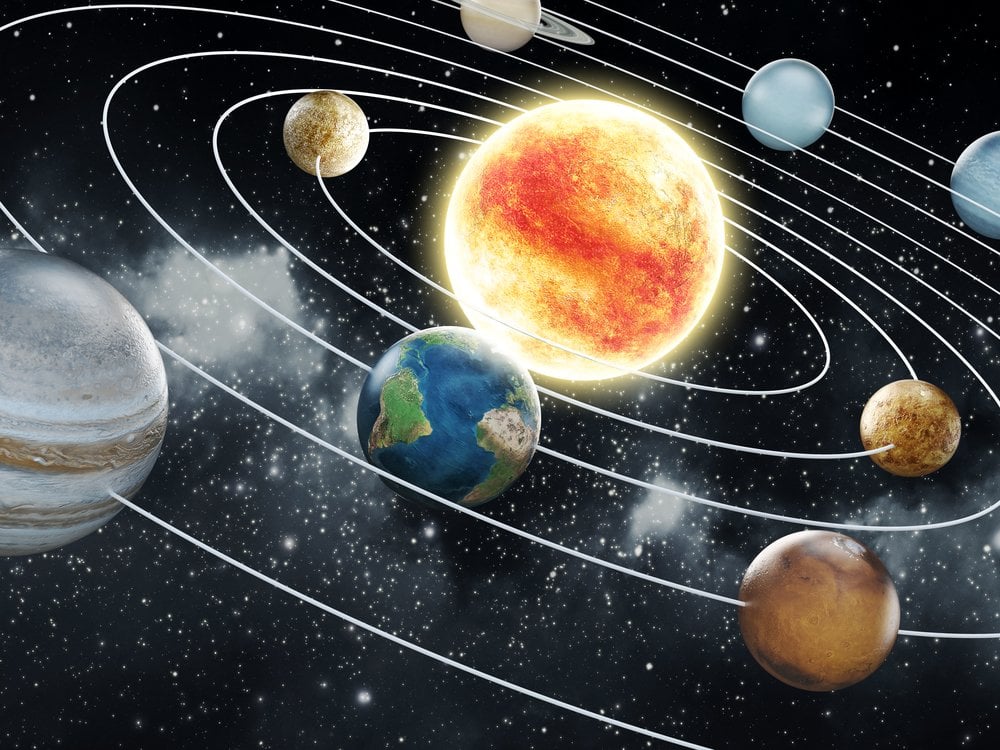
However, that all changed in the year 2006, when the International Astronomical Union took away our beloved Pluto’s status as a planet. All the rhymes we had learnt were suddenly useless. Pluto, named after the God of the Underworld, was suddenly not a planet anymore.
Let us look at Pluto’s Journey, how Pluto ‘the planet’ was born, and how its planetary status was eventually taken away from it.
Recommended Video for you:
Pluto: The Journey
Pluto was discovered by Clyde W. Tombaugh on February 18, 1930. At that time, Pluto was the smallest planet yet discovered, and it was also the farthest planet from the Sun. Pluto’s mass is 1.31×1022 kg. While this may seem large, it’s only about 1/500th of Earth’s mass. Pluto is also mostly made of ice and rocks. Pluto takes about 248 earth years to complete one revolution around the Sun.
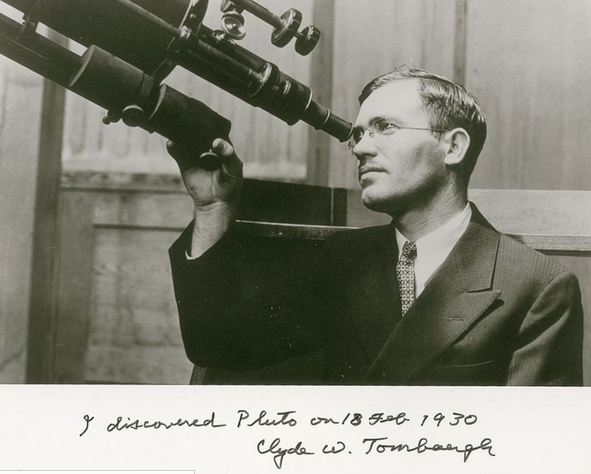
Compared to other planets, Pluto’s orbit is highly eccentric, so for a period of 20 years, out of its 248-year orbit, it is closer to the Sun than Neptune. This last happened in January 1979, when Pluto crossed Neptune’s orbit. It remained within Neptune’s orbit until February 1999. This will not happen again before the year 2226!
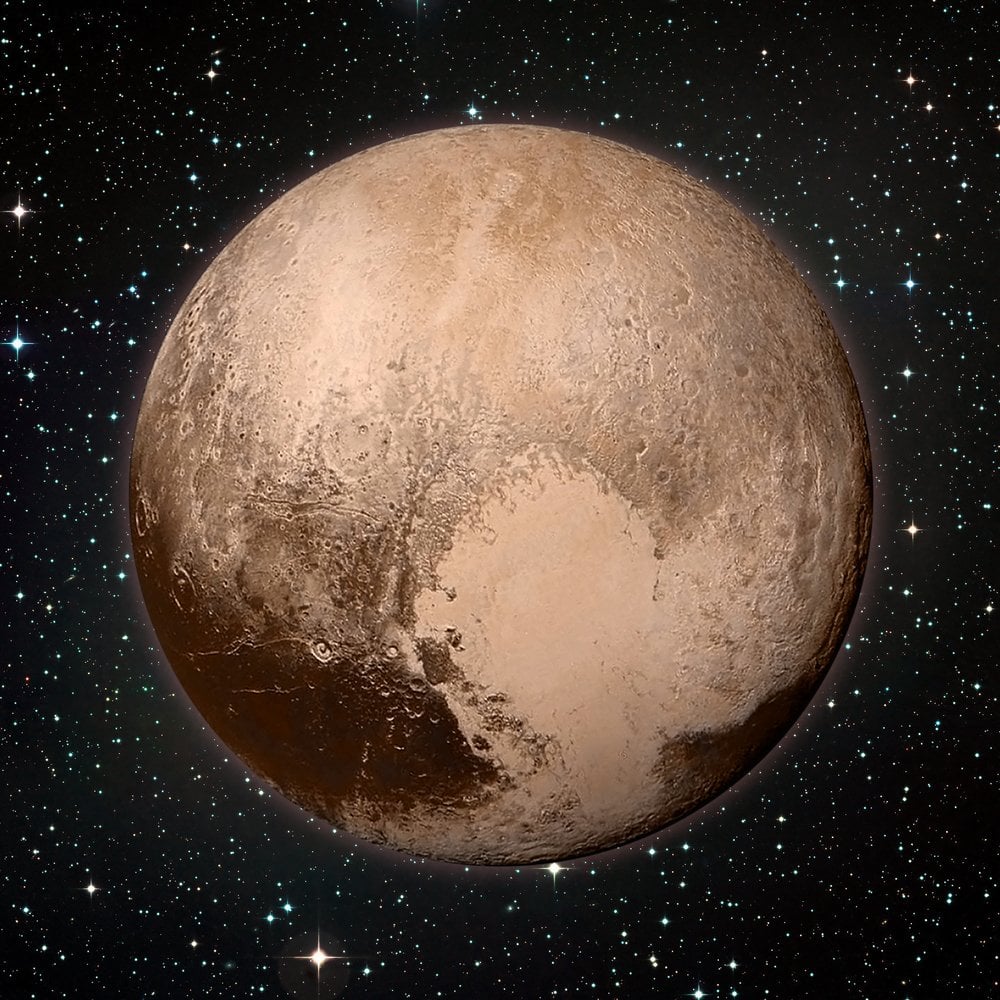
Pluto was comfortably rotating and revolving around its orbit as the tiniest and farthest planet from the Sun, and everything was going pretty good for Pluto. However, with more recent advancements in Science and Technology, scientists were able to find other celestial objects similar to Pluto that were also made up of ice and rocks.
This spelled trouble for Pluto, as this made it just just another member of the collection of large objects in the Kuiper Belt. The Kuiper Belt extends from the orbit of Neptune for roughly 55 astronomical units (55 times the distance of the Earth to the Sun). Astronomers estimate that there are about 70,000 objects similar to Pluto in the Kuiper Belt.
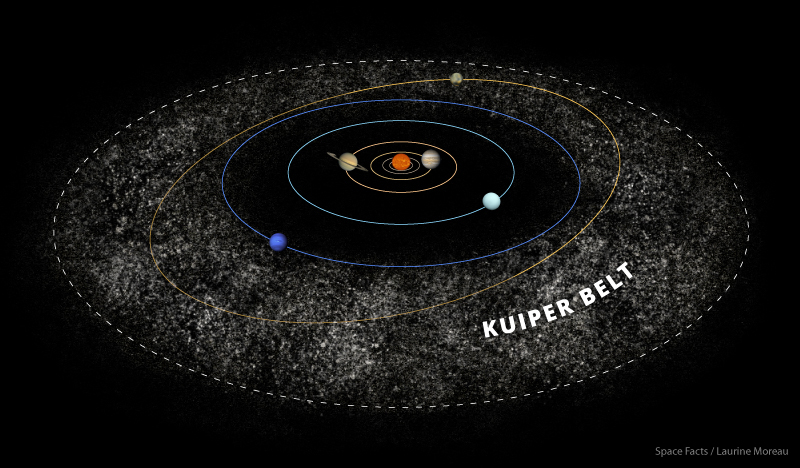
Astronomers continued discovering objects similar to Pluto in the Kuiper Belt, and while they were all smaller than Pluto, astronomers knew that it was only a matter of time before they found an object larger than Pluto.
This discovery happened in the year 2005, when Mike Brown and his team discovered an object named Eris, whose mass was larger than Pluto’s. At that point, Pluto’s status as a planet came under serious threat.
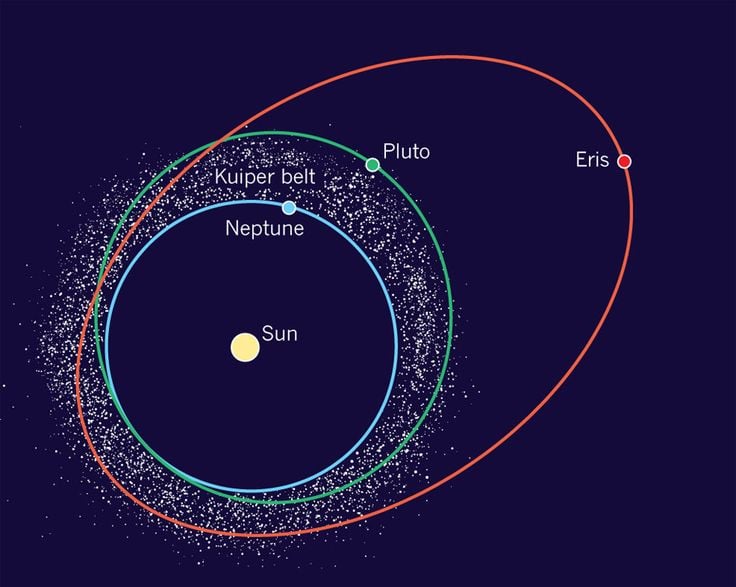
Year 2006: Pluto is Not a Planet Anymore
On August 24, 2006, the International Astronomical Union (IAU) passed two resolutions that revoked Pluto’s planetary status.
The IAU defined three requirements for an object to be considered a planet:
1) A planet should orbit around the Sun
2) It should be spherical or round in shape
3) A planet must have “cleared the neighborhood” of its orbit.
While Pluto satisfies the first two conditions, it does not satisfy the third condition.
Why Pluto Is Not A Planet?
A planet has to be the basic dominant gravitational body in its orbit, Pluto fails to meet this criteria, as there are many objects similar to Pluto in and around its orbit. Pluto is only about 0.07 times the mass of other objects in its orbit. In comparison, Earth has 1.7 million times the mass of other objects in its orbit.
So, my friends, that was how Pluto’s planetary status came to an end after 76 years.
However, it’s not all bad news for Pluto, as astronomers have not forgotten Pluto. They have actually given it a new name – a “dwarf planet”. Dwarf planets are the objects that satisfy the first two conditions required to be a planet. At present, there are five dwarf planets, namely Pluto, Ceres, Haumea, Makemake and Eris.
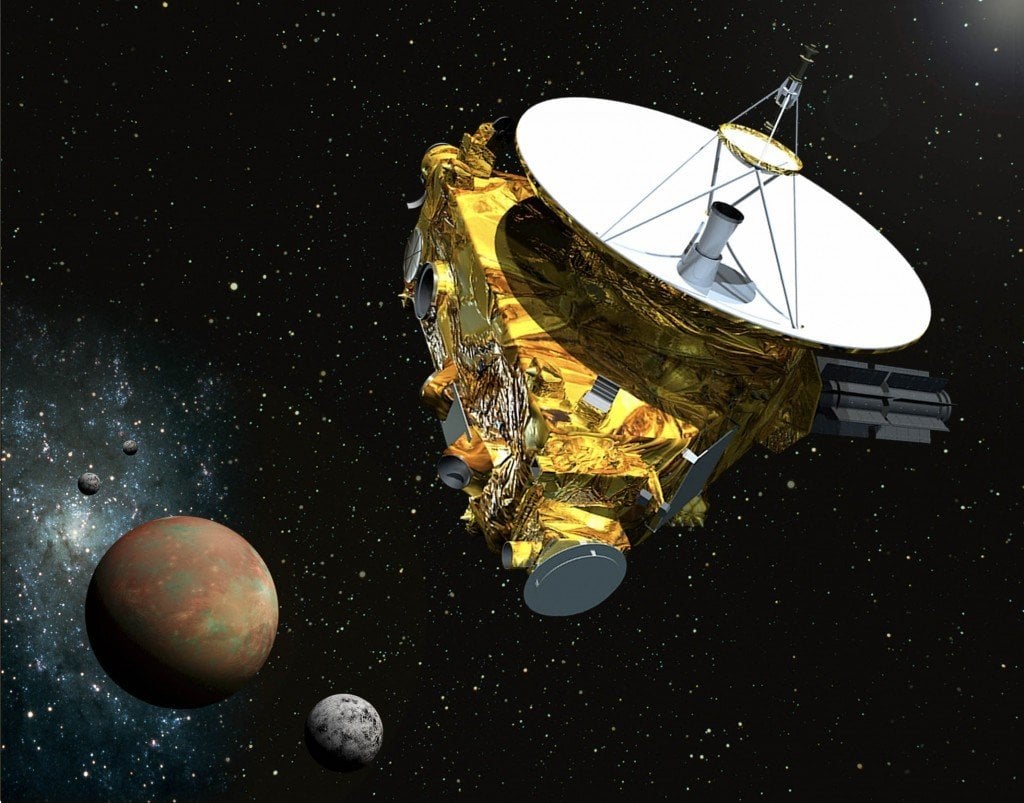
While Pluto may not be a planet anymore, its discovery has helped astronomers know more about our solar system and the region outside it. Therefore, it’s unlikely that our beloved Pluto will be forgotten anytime soon. In fact, NASA has launched a space craft named “New Horizions” that will study the dwarf planet Pluto. It was launched on January 19, 2006, and is expected to fly by Pluto on July 14, 2015.

